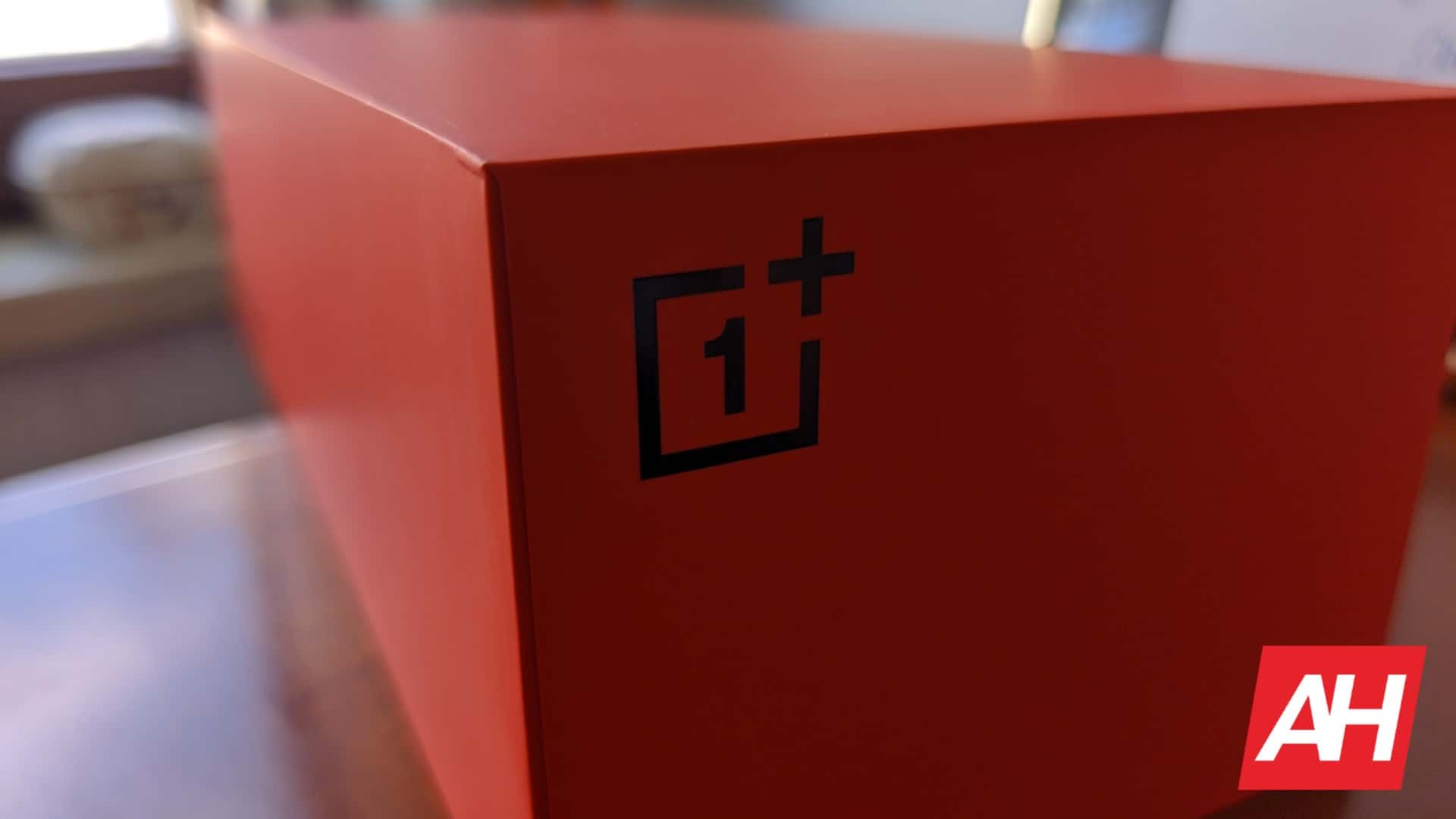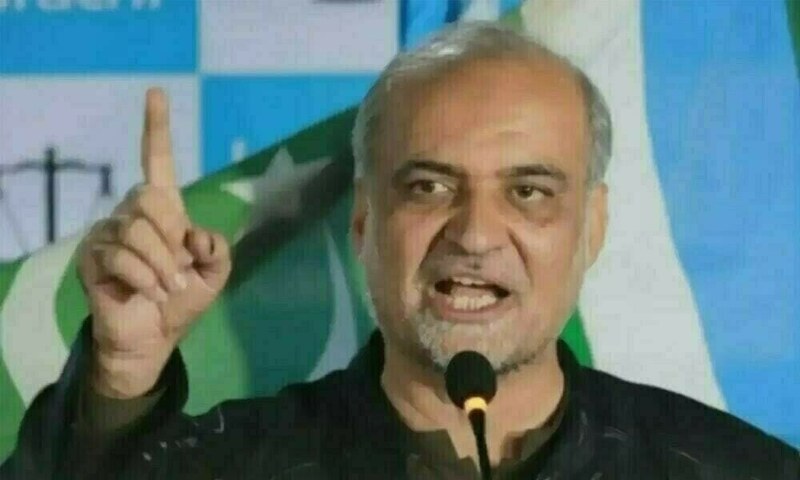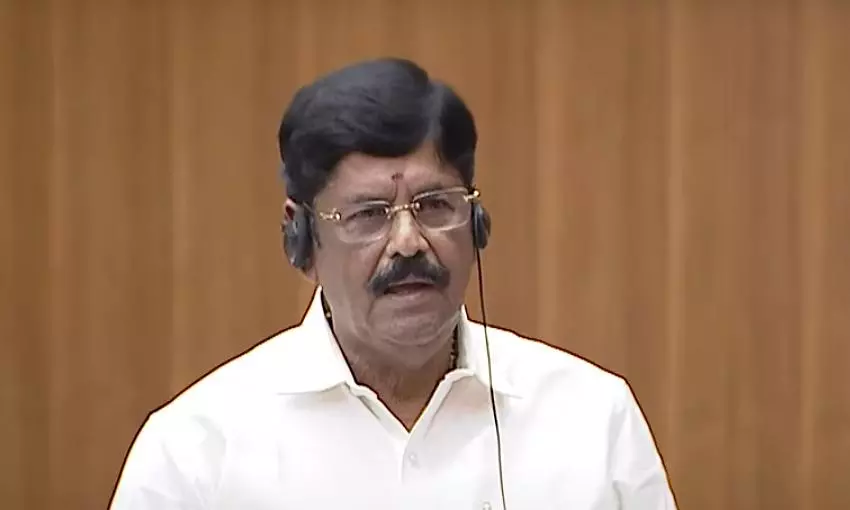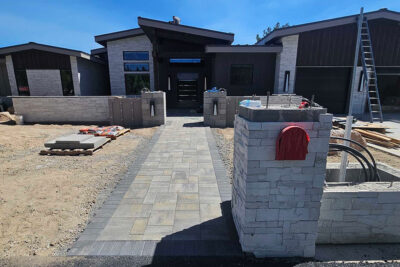By LBO
Copyright lankabusinessonline
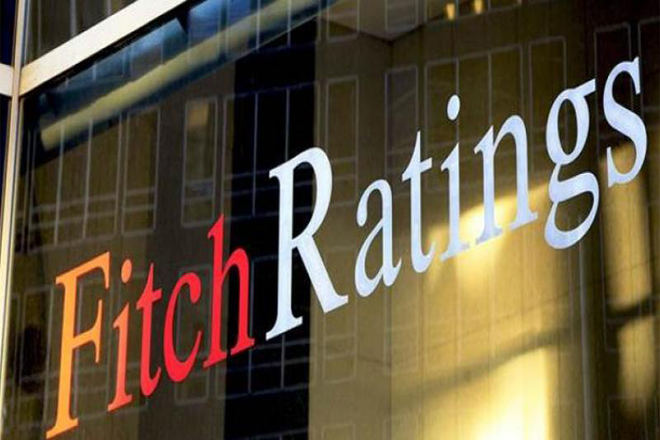
Fitch Ratings has assigned Sri Lanka-based Hayleys Fentons Limited (HFL) a National Long-Term Rating of A+(lka). The Outlook is Stable.
The rating reflects HFL’s leading market share in domestic rooftop solar panel sales and installation, which drove cash flow in the financial year ending March 2025 (FY25), alongside slowing growth amid regulatory risks. Diversification into power generation over the next few years carries execution risk but could enhance revenue visibility, subject to the weak credit quality of the sole offtaker, Ceylon Electricity Board (CEB, A(lka)/Stable).
HFL’s A+(lka) rating comprises its standalone credit profile of ‘a(lka)’ and a one-notch uplift for support from its stronger parent, Hayleys PLC (AAA(lka)/Stable), reflecting moderate operating incentives but low legal and strategic incentives.
Key Rating Drivers
Rooftop Solar Sales to Ease: Fitch expects HFL’s rooftop solar panel sales in Sri Lanka to decline modestly over the next few years. However, we expect growth in HFL’s other businesses, such as services and solutions for the construction sector, to mitigate the impact on cash flow, supported by recovering consumption and construction activity. Overall, we expect EBITDA from HFL’s existing businesses to remain steady in FY26-FY29, before considering the contribution from planned power generation projects.
HFL is the market leader in the sale and installation of domestic rooftop solar panels, driving combined revenue of about LKR19 billion in FY25. Residential, commercial and industrial installations added 129MW of generation capacity in FY25. Sales of rooftop solar panels rose rapidly in FY23-FY24 amid acute power disruptions following Sri Lanka’s economic crisis, and new attractive feed-in-tariffs (FITs) of around LKR37 a kilowatt hour in 2022. However, FITs have since been cut to around LKR21 a unit, lengthening the payback period and reducing overall consumer savings, as the national grid grapples with rising renewable generation.
Execution Risks in Power Generation: HFL’s plans to construct a 50MW wind power plant and 37 ground-mounted solar power plants with a combined capacity of 149MW, on an alternating current equivalent basis (AC), are subject to execution risk. These projects are contingent on a multitude of approvals from regulators, environmental bodies and local governments, and subject to funding and land acquisition. Commissioning of solar plants and cash flow generation should take a further 90 days on average after power purchase agreements (PPAs) are signed with CEB, while the wind project is likely to be commissioned over 18 months.
HFL has signed several solar PPAs and expects the remainder by end-November 2025, subject to the requisite approvals. Following a 30-day pause to address local community concerns, the wind plant – whose PPA was signed in May 2025 – received governmental approval to recommence work in September 2025. Commissioning is likely by September 2026, later than HFL’s previous target of April 2026. The wind and solar projects when commissioned will generate around two thirds of annual EBITDA by FY28, diversifying HFL’s cash flow and increasing revenue visibility, but subject to CEB’s counterparty risk.
Leverage to Peak on Capex: We forecast EBITDA net leverage to rise to a temporary peak of 9.0x in FY27, from 1.0x in FY25, before falling to about 3.0x by FYE28 as projects generate cash flow. Timely project execution is critical for leverage to normalise within rating sensitivities. HFL plans to invest in significant capex in FY26 and FY27, mainly for power projects, funded almost entirely by debt. It is finalising lender agreements for the wind project, before issuing a construction notice to CEB by February 2026 under the PPA. Local banks mostly finance solar projects, with negotiations at various stages.
Interest Coverage Moderating, but Healthy: Fitch expects HFL’s EBITDA interest coverage to decline to around 3.5x over the medium term (FY25: 6.0x), assuming most power projects are commissioned. Annual interest costs will rise, as interest payments are subject to grace periods during project construction, and interest accrued during construction is capitalised and added to outstanding debt balance.
Parent Support: Fitch assesses ‘Medium’ operational incentives for Hayleys to support HFL due to fully integrated branding and management between the two entities. Legal incentives are ‘Low’, reflecting the waning parent guarantees on HFL’s bank debt amid the subsidiary’s improving credit profile. However, significant parent guarantees on bank debt have been forthcoming to HFL when required. Strategic incentives for Hayleys to support are also ‘Low’ given the parent’s highly diversified operations.
Peer Analysis
JAT Holdings PLC (AA(lka)/Stable) is rated two notches above HFL. JAT is the leader in the niche wood coating-market, and is the sole local distributor of The Sherwin-Williams Company (Issuer Default Rating: BBB+/Stable). JAT has smaller EBITDA scale than HFL, but a longer record of steady demand and about 25% of revenue is from overseas. Nonetheless, demand for HFL’s rooftop solar panels surged in 2022-2023 amid severe power shortages during Sri Lanka’s economic crisis, but conditions have since improved materially. Accordingly, HFL’s rating reflects risks from a slowdown in solar panel sales and execution risks in its power generation projects.
Renewable power producer WindForce PLC (A+(lka)/Stable) is rated at the same level as HFL. WindForce is more established and currently the largest rated renewable player, with capacity of 163MW across wind, solar and hydropower. HFL will be fully exposed to CEB as its sole offtaker, but WindForce benefits from some diversification, with about 20% of EBIT generated in Uganda. WindForce’s leverage is low, whereas HFL’s leverage is likely to peak as it executes its planned power generation investments. HFL’s standalone National Long-Term Rating of ‘a(lka)’ is lower than that of WindForce, but HFL’s rating benefits from linkages with its stronger parent, Hayleys.
Resus Energy PLC (A-(lka)/Stable), a renewable power producer, is rated two notches below HFL. Resus has about 24MW of hydro and solar capacity, with its rating reflecting its smaller scale and tight liquidity. It is exposed to CEB’s credit risk as the sole offtaker of its power generation. Liquidity is tight at Resus, with cash likely to be insufficient for short-term maturities, although mitigated by access to domestic banks. We expect HFL’s power generation capacity to reach similar levels to that of Resus over the next six months, with further growth subject to execution risks.
Key Assumptions
Fitch’s Key Assumptions Within the Rating Case for the Issuer:
– Revenue from non-generation segments to increase by around 2% annually in FY26-FY27, with growth in services and solutions for the construction sector to offset a modest slowdown in rooftop solar sales;
– Power generation revenue to contribute 3% and 22% of revenue in FY27-FY28, subject to execution risk;
– EBITDA margin to average around 14% in FY26-FY27;
– Annual dividend payout of around 60% of net income over FY26-FY29.
RATING SENSITIVITIES
Factors that Could, Individually or Collectively, Lead to Negative Rating Action/Downgrade:
– EBITDA net leverage rising above 4.0x on a sustained basis;
– EBITDA interest coverage falling below 1.5x on a sustained basis;
– Weaker incentives for support from parent Hayleys.
Factors that Could, Individually or Collectively, Lead to Positive Rating Action/Upgrade:
– Reduced execution risks and increased scale in the electricity generation business, with commissioned capacity of more than 90MW;
– Stronger incentives for support from parent Hayleys.
Liquidity and Debt Structure
The majority of HFL’s outstanding debt at FYE25 was short term, funding working capital. Debt maturing over the next 12 months was LKR7 billion, against net working capital assets of around LKR8 billion, while readily available cash was around LKR4 billion. HFL also had access to unused and uncommitted credit lines, in excess of its short-term debt obligations, from multiple domestic banks. We believe domestic banks will refinance HFL’s short-term facilities given its steady working capital cycle of around 105 days in the past two years, and strong relationships as part of the Hayleys group.
Issuer Profile
HFL provides a range of diversified services in renewable energy, building infrastructure systems, information and communication technology, and equipment trading. However, the sale and installation of rooftop solar panels, mainly under the renewable energy segment, has historically accounted for around 70% of the company’s EBITDA.
